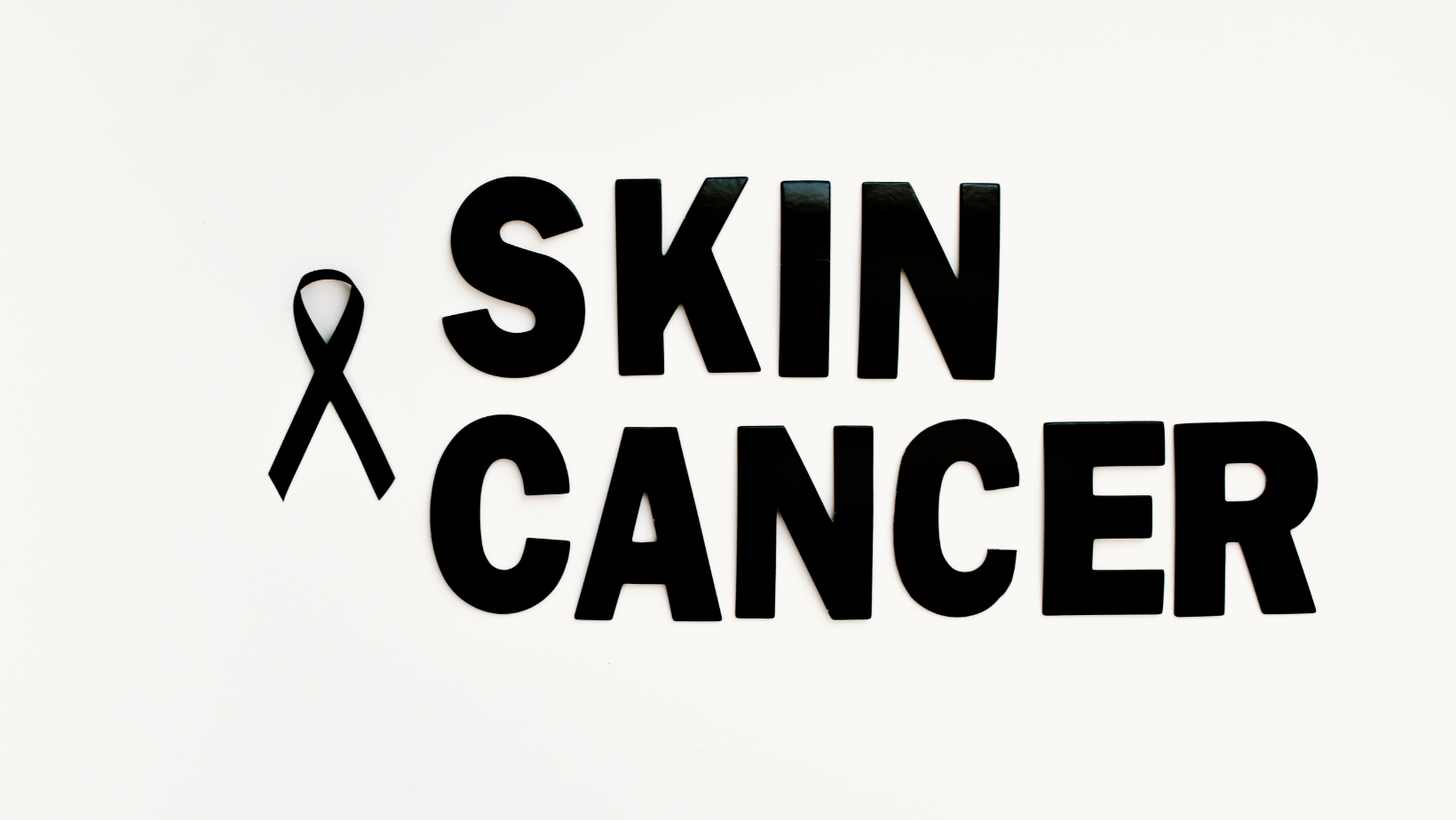May is skin cancer awareness month so we wanted to feature tips for preventing skin cancer, detecting it early, and how MOHS Surgery can treat skin cancer. Here’s what you should know.
Protect Your Skin
Skin cancer is the most common cancer in the United States. There are different types of skin cancer, but most cases of melanoma, which is the deadliest kind of skin cancer, are caused by overexposure to UV rays. To lower your chances of developing cancer, there are several thing you can do to protect your skin.
SPF
First and foremost, wear sunscreen. Anytime you are outside, anytime of the year, layer on the SPF. Practicing sun safety as an everyday habit helps you avoid getting sunburns and lower your risk of getting skin cancer.
Other Precautions
Additionally, make sure you are taking precautions against UV exposure during your summer outings. Pack a lightweight long-sleeved shirt or cover-up, a wide brim hat, sunglasses that block UVA and UVB rays, and SPF sunscreen. Don’t forget to reapply sunscreen at least every 2 hours and after swimming, sweating, or toweling off. Another important thing is to take advantage of the shade. Stay in the shade during peak UV hours.
Risk Factors 
While anyone can get skin cancer, some people are at a higher risk of developing it. Knowing your risk factors is important. If you are at a higher risk of developing skin cancer, you should take extra precautions to protect your skin from UV exposure. You may be at a higher risk of developing skin cancer if you have any of the following characteristics:
- Lighter skin color
- Skin that burns easily
- Freckles
- Blue or green eyes
- Blond or red hair
- A family or personal history of skin cancer
- Certain types of moles
- A large number of moles
Skin Cancer Checks
Catching skin cancer early is the key to successful treatment. The best way to do this is by performing self-exams regularly and scheduling an annual skin cancer check with your dermatologist.
To perform a self-exam, look for anything unusual such as:
- A growth that increases in size and looks pearly, translucent, tan, brown, black or multicolored.
- A spot or sore that continues to itch, hurt, scab, crust, or bleed.
- An open sore that doesn’t’ heal within three weeks.
- A mole, birthmark, or brown spot that increases in size, changes color, thickness, or shape.
During a skin exam, the doctor will look at skin moles, birthmarks, or other pigmented areas that look abnormal in size, shape, texture, or color. If there is a suspicious area, the provider will typically order a biopsy to check for cancer cells.
MOHS Surgery
If you are diagnoses with skin cancer, there are treatment options. MOHS surgery is the gold standard when it comes to treating basal cell carcinoma and squamous cell carcinoma. In fact, MOHS surgery has nearly a 100% cure rate.
This surgery is a revolutionary treatment that removes the cancer slowly, one layer at a time. Each layer is examined under a microscope before the next layer is removed. This allows the surgeon to be extremely precise and leave the most healthy tissue behind as possible.
MOHS surgery ensures that all cancerous cells are removed while preserving healthy tissue and leaving the least noticeable scar. MOHS treatment is completed in just one visit, so it’s the fastest way to remove skin cancer aw well. Additionally, MOHS surgery can be performed on nearly any area of the body, even in the most discreet location.
Skin Cancer Doctor in Chevy Chase
To learn more about your risk of skin cancer or to discuss a suspicious spot, please contact Cronin Dermatology and Skin Cancer Center.

